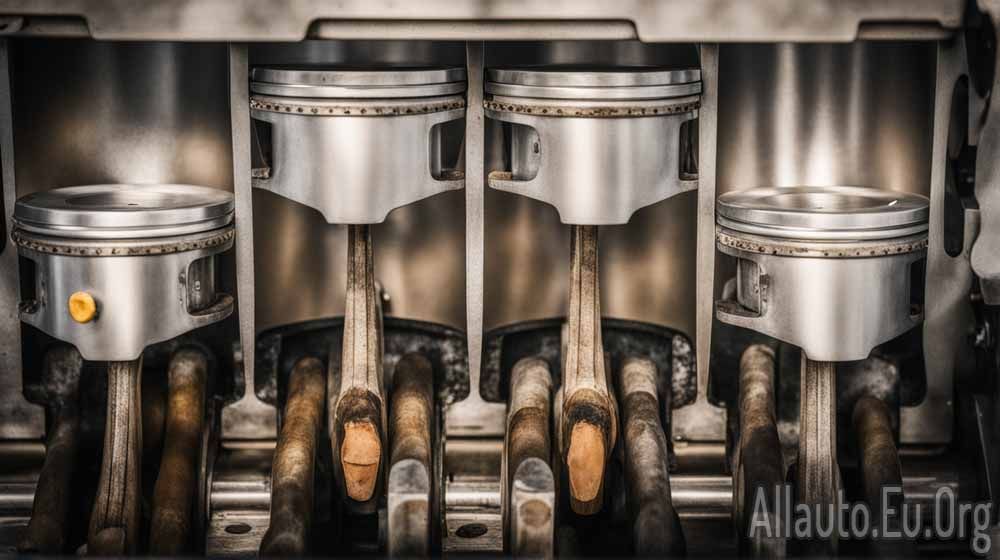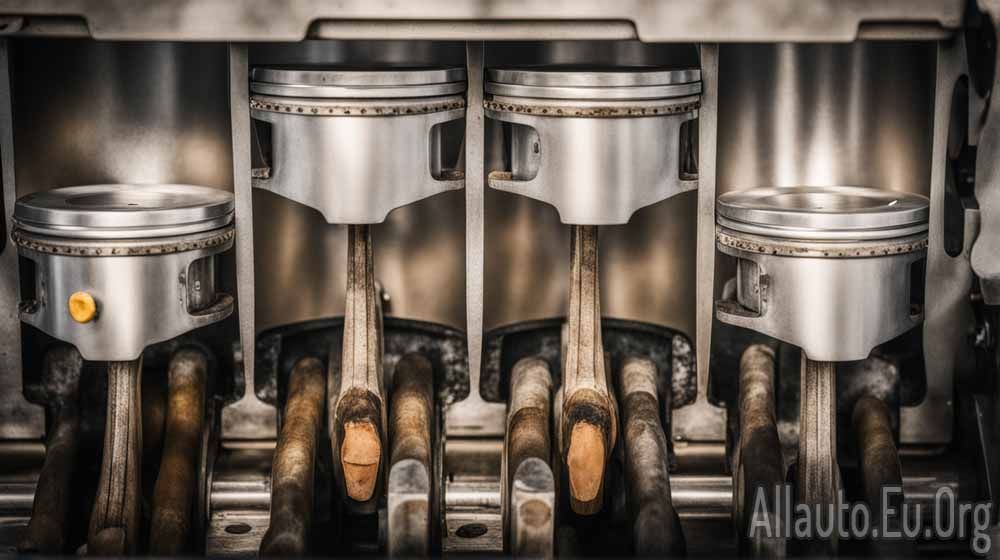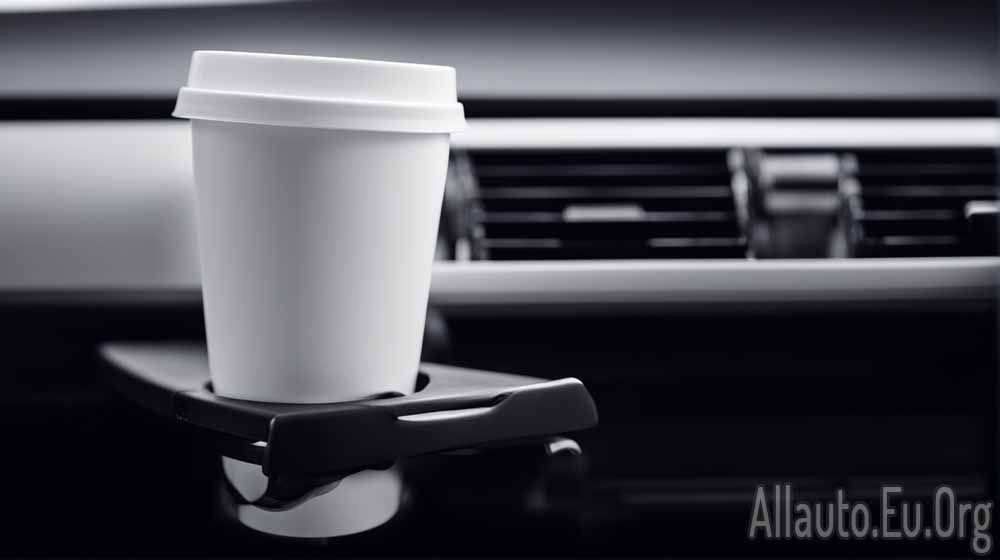

Auto Maintenance for High-Mileage Vehicles: What You Need to Know

As your car ages and accumulates more miles, it is important to prioritize regular maintenance to keep it running smoothly and avoid costly repairs. High-mileage vehicles, which are generally defined as those with 75,000 miles or more, require specific maintenance to ensure their longevity and reliability. In this article, we will discuss the key maintenance tasks that you need to perform on your high-mileage vehicle.
Oil Changes
Oil changes are one of the most important maintenance tasks that you need to perform on your vehicle, regardless of its age or mileage. For high-mileage vehicles, it is especially important to stick to a regular oil change schedule to prevent engine damage and extend the life of the engine. As a general rule, you should change your oil every 3,000 to 5,000 miles. Be sure to use high-quality oil and a high-quality oil filter to ensure optimal performance.
Fluid Changes
In addition to regular oil changes, you should also prioritize changing other fluids in your high-mileage vehicle. This includes the transmission fluid, brake fluid, and coolant. As your vehicle ages, these fluids can break down and become less effective, which can lead to performance issues and potential damage. Consult your owner’s manual or a trusted mechanic to determine the appropriate schedule for changing these fluids.
Timing Belt Replacement
Many high-mileage vehicles use a timing belt to synchronize the engine’s camshaft and crankshaft. This component is critical to the engine’s performance and can cause serious damage if it fails. As a general rule, timing belts should be replaced every 60,000 to 100,000 miles. Consult your owner’s manual or a trusted mechanic to determine the appropriate schedule for your vehicle.
Suspension Inspection
The suspension system in your high-mileage vehicle is responsible for providing a smooth and stable ride. Over time, the components in the suspension system can wear down and become less effective. It is important to have your suspension system inspected regularly to ensure that it is in good condition. Signs that your suspension system may be failing include uneven tire wear, excessive bouncing or swaying, and a noticeable decrease in ride quality.
Tire Maintenance
Tires are one of the most critical components of your high-mileage vehicle. They are responsible for providing traction, stability, and control on the road. Regular tire maintenance is essential to ensure that your tires are in good condition and can perform their job effectively. This includes regular tire rotations, proper inflation, and regular inspections for wear and damage.
Brake System Inspection
The brake system in your high-mileage vehicle is critical for safety and performance. Over time, the components in the brake system can wear down and become less effective. It is important to have your brake system inspected regularly to ensure that it is in good condition. Signs that your brake system may be failing include grinding or squeaking noises, vibration or pulsation when braking, and a noticeable decrease in braking power.
Conclusion
Regular maintenance is essential for high-mileage vehicles to ensure their longevity, reliability, and safety. By sticking to a regular maintenance schedule and prioritizing key tasks such as oil changes, fluid changes, timing belt replacement, suspension inspection, tire maintenance, and brake system inspection, you can keep your high-mileage vehicle running smoothly for years to come. Consult your owner’s manual or a trusted mechanic for guidance on the appropriate maintenance schedule for your specific vehicle.
Additionally, there are some other tasks that you may want to consider for your high-mileage vehicle, depending on its specific needs. These tasks include:
- Fuel system cleaning: Over time, the fuel system in your vehicle can become clogged with dirt, debris, and other contaminants. A fuel system cleaning can help to remove these impurities and improve your vehicle’s performance.
- Air filter replacement: A dirty or clogged air filter can restrict airflow to the engine, leading to reduced performance and fuel efficiency. Consider replacing your air filter on a regular basis to keep your engine running smoothly.
- Spark plug replacement: Spark plugs play a critical role in the ignition process, and over time, they can wear down and become less effective. Consider replacing your spark plugs every 30,000 to 100,000 miles, depending on the recommendations for your specific vehicle.
By prioritizing regular maintenance for your high-mileage vehicle and staying on top of key tasks such as oil changes, fluid changes, timing belt replacement, suspension inspection, tire maintenance, and brake system inspection, you can keep your vehicle running smoothly and avoid costly repairs. Remember to consult your owner’s manual or a trusted mechanic for guidance on the appropriate maintenance schedule for your specific vehicle, and don’t hesitate to address any issues as soon as they arise to prevent further damage. With proper care and maintenance, your high-mileage vehicle can continue to provide reliable transportation for many years to come.
Tags
Latest Articles

Most Read
All Tags
Subscribe
Donate
Please consider supporting our efforts.
© 2023 All-Auto.ga All rights reserved.










